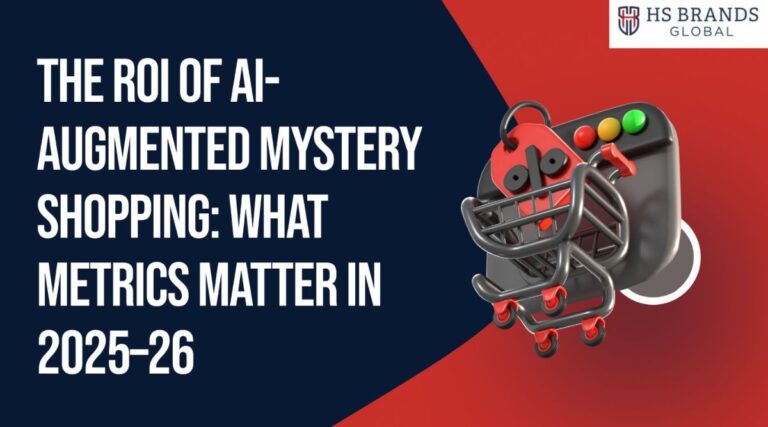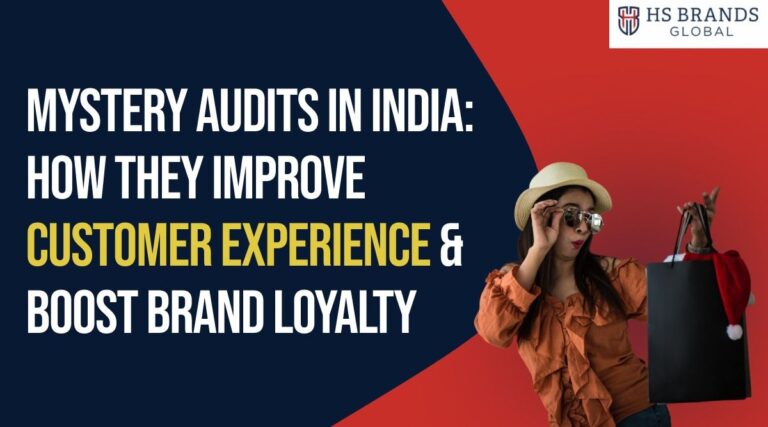Suppose you are preparing for a competitive exam to acquire a government service post. You are well prepared for the exam and finally appear for it, scoring incredibly well. However, you couldn’t secure a seat! How could this be possible?
Later, you discover that there are only ten seats available, and your rank is around 15. Despite scoring so well, you couldn’t pass the cut-off. This is a direct outcome of academic competition. You failed to pass it because you were unaware of the level of competition and your competitors’ positions relative to the available seats. Similarly, there is abundant competition in business as well. You can tackle that competition with the help of competitive benchmarking.
What is Competitive benchmarking
Competitive benchmarking allows you to compare your company’s performance with your competitors. This is done keeping in mind the current market dynamics and trends. You can assess your company’s overall health and its respective position in the market.
While this might sound challenging for your company’s growth, HS Brands Asia makes the work much easier. Regarded as India’s most trusted mystery shopping company, HS Brands Asia has paved the way for stronger competitive benchmarking in India. Apart from serving our clients with top-notch competitive benchmarking, we are known for the following: mystery shopping, customer experience management, compliance measurement solution provider, leading brand certainty, and loss prevention.
At HS Brands Asia, we are committed to serving you with sustainable results by developing personalized programs best suited for your brand. We have handled industries like hospitality, automotive, retail, food and beverage, financial services, etc. HS Brands Asia has thus become one of India’s most trusted service providers in terms of competitive benchmarking.
Choosing the Wrong Competitors
It would be best to look for suitable competitors in competitive benchmarking. Selecting the right ones for the comparisons will be meaningful, relevant, and actionable as per the business objectives. If the competitors don’t align with the same industry as your company, it might lead to irrelevant insights and strategies. Also, selecting competitors with similar business operations ensures the genuine identification of performance gaps. Benchmarking against the right competitors will help you understand your company’s stand in the market and help you maintain a competitive advantage.
Likewise, you might face consequences if your business benchmarks against irrelevant companies. Suppose you’re starting as a newbie and comparing yourself with industry giants. In that case, you might create unexpected goals for your business. This might be a hurdle to success as both operate at different scales.
Also, there might be pros of benchmarking against different industry-based businesses to accelerate innovations; there might be severe issues concerning this incompatibility. Ignoring market differences due to geographic discrepancies can be a huge setback for your company.
Some practices for choosing relevant competitors are identifying direct competitors from the same industry and market with a similar business model, considering companies with identical resources, workforce size, and operational capacities, and targeting companies with similar customer segments, product portfolios, objectives, and growth stages.
Focusing on Vanity Metrics
Vanity metrics look good on the surface level (having a good face value) but have little to offer regarding actionable insights. Vanity metrics are good at creating a misleading sense of success. It fails to fetch necessary data which could be used to make meaningful decisions.
Instead, it would help if you focused on meaningful and growth-oriented KPIs to drive real growth of your business. One standard vanity metric is the follower count on your business’s Instagram page. It doesn’t necessarily mean that a higher follower count translates into equal sales and engagement. Instead, you must focus on metrics like your Instagram posts’ click-through rates (CTR), comments, shares, or conversion rates.
Failing to Update Benchmarking Practices
With a growing and dynamic market, following an outdated or one-time benchmarking exercise is a massive threat to any business or company. If the competitive benchmarking practices are not updated, you may risk being outpaced by your competitors. You might also miss out on market shifts and trends. While you’re busy using outdated benchmarking practices, new disruptive companies may invade and gain market share quite rapidly.
Outdated benchmarking can often lead to remaining stuck at investing at places that no longer yield any competitive advantage. This can often involve the use of irrelevant KPIs with outdated benchmarkers.
If you continuously benchmark, you can be assured of real-time competitiveness by adapting to market changes, maintaining a competitive edge, optimizing and improving operational efficiency, setting relevant KPIs, identifying emerging competitors, and encouraging innovation.
Ignoring Qualitative Data
We must consider quantitative and qualitative data when discussing data in competitive benchmarking. Focusing on the quantitative aspect reduces our view of the business performance and acts as a reductionistic outlook. A broader, critical, and nuanced approach can be adopted only when considering qualitative data alongside quantitative data.
Quantitative data often includes revenue, profit margins, and conversion rates.
Qualitative data constitutes customer satisfaction, employee feedback, brand perception, etc.
Underestimating the Importance of Industry Trends
A widespread mistake companies make during competitive benchmarking is underestimating the importance of industry trends. Focusing only on the internal metrics and not considering the industry shifts can backfire as misaligned planning and strategies.
Staying on top of the trends is a boon for your strategic advantage in the market. This will allow your business to adopt new technologies earlier, like integration with AI, Blockchain, and automation. This will give your business a head start on your competitors.
Also, aligning products and services with the market needs will offer you more excellent value. Some easy ways to incorporate industry trends into competitive benchmarking include using trend analysis tools, engaging in competitive intelligence, regularly monitoring industry needs, and attending industry conferences and events to remain aware of upcoming trends.
Neglecting Actionable Insights
We often need help in competitive benchmarking, where companies gather vast data but fail to convert them into actionable insights. This usually leads to missed opportunities and wasted resources. Too much data without clarity in interpretation might lead to “analysis paralysis.” Often, this might be a direct consequence of the failure to link the data to business objectives. Usually, even when actionable insights are identified, a lack of follow-through may result in a false sense of progress.
HS Brands Asia is catering to that crisis quite swiftly. Our services stand out in the market in helping companies convert data into accurate and actionable strategies through mystery shopping, auditing, compliance, loss prevention and brand protection services.
Relying on Inconsistent Data Collection
In competitive benchmarking, having inconsistent data often results in inaccurate conclusions, misaligned strategies, and flawed comparisons. A uniform and structured data set is essential for accurate comparability and standardization.
Uniformity in data will facilitate your business in gathering insights across the organization consistently, bringing in inter-departmental collaboration.
For example, you want to assess customer satisfaction across in-store and online channels in your business. Suppose you’re considering a survey method to measure in-store satisfaction and customer reviews for the online one. In that case, drawing a meaningful comparison between the two will be impossible.
Overlooking Customer Expectations
Overlooking customer expectations in competitive benchmarking will cost you badly and often lead to missed market opportunities. Customer preferences and behavior are a clear indicator of the current market trends. Thus, ignoring it will lead to frustration and dissatisfaction, ultimately breaching brand loyalty and trust. Your competitors might seize this opportunity to attract your customers towards them, reducing your sales.
Conclusion
So, competitive benchmarking mistakes can lead to long-lasting pitfalls for your business. It would help if you strategized your company’s benchmarking policies and implementation to avoid that.
For that, HS Brands Asia, one of India’s best service providers in competitive benchmarking, is at your service for promising results! Contact us today and change the course of your business with guidance and strategies like never before.








